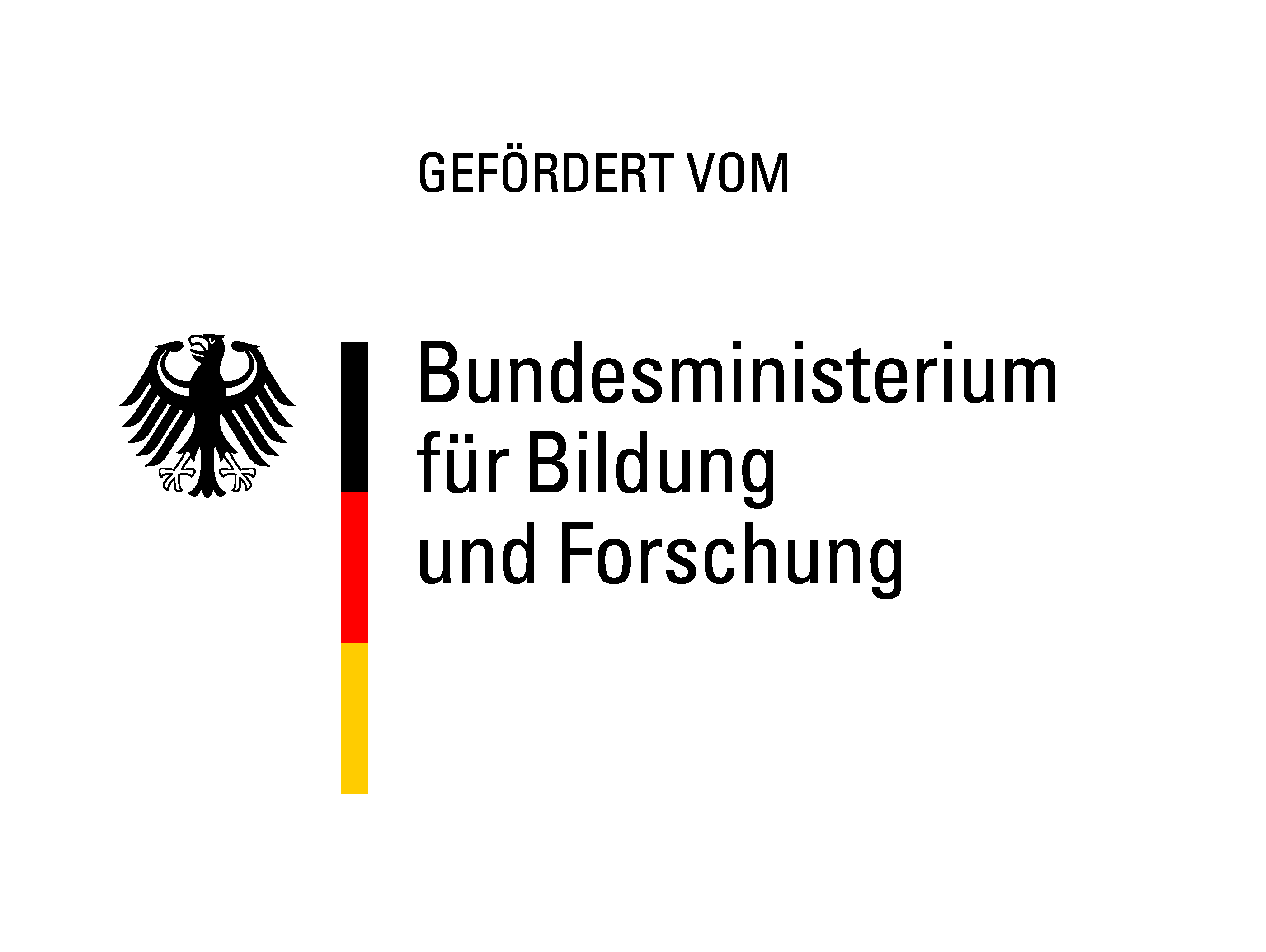Geographies of Transition: The political and ecological factors of agrarian change in Tajikistan
Crossroads Asia lecture by Irna Hoffman
Irna Hofman is a Ph.D. researcher at Leiden University Institute for Area Studies and affiliated to the ISS in The Hague through her main supervisor Dr. Oane Visser, who is co-author of the work presented here. She holds a Master of Science degree in Environmental Sciences from Wageningen University and is rural sociologist by training. Her work and interests are focused on agrarian and social change, rural sociology and transition economies. She has earlier conducted research in rural Uzbekistan, and more recently concentrated on China’s economic development and global land investments. In her current research she analyses agrarian change in Tajikistan from a rural sociological perspective. More in particular she explores the politics of China’s agricultural land investments taking place in the Tajik context, with specific regard to the dynamics at the local level.
Twenty years of transition from state socialism society to something ‘else’ (Veldwisch 2008, 21) in the former Soviet Union (FSU) has triggered a considerable collection of work on agrarian change in the newly independent states. Tajikistan is a less explored country, where scholarly attention was mainly devoted to statehood and nation building in the aftermath of the civil war.
The five years lasting civil war in the 1990s had major implications for agrarian transition, and severed (rural) poverty and food insecurity. The conflict also explains partially why agrarian structures have not crystallised yet, in contrast to most other FSU states where agrarian structures have more or less stabilised after two decades of independence.
In this lecture I present a work-in-progress on agrarian change in Tajikistan, being a prominent part of my Ph.D. research, and I shed light on the agrarian structures that evolve out of the former Soviet dualistic agrarian structure in Tajikistan, comprised of state and collective farms, sided by intensive household plot production. In short, agrarian change in Tajikistan boils down to a lengthy, haphazard process in which finally, around 2007, more significant changes have been taking place. Yet, individualisation of farming has evolved all but uniform and is marked by a clear continuation of state presence in the more resource-rich regions (Rowe 2010, 2009; Robinson et al. 2008, van Atta 2009).
I focus on the way in which often-overlooked political economy and local ecological factors condition and shape the emergence of farm types in the process of agrarian change, in order to explain ‘regionally differentiated transitions’ (Smith and Pickles 1998, 17). In doing so, this paper aims to contribute to the broader understanding of trajectories of agrarian change as occurring in Central Asia and in the post-Soviet context.
Date and Location: June 12, 2014, 1.30 pm; ZEF Bonn, right conference room







